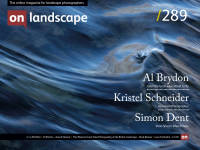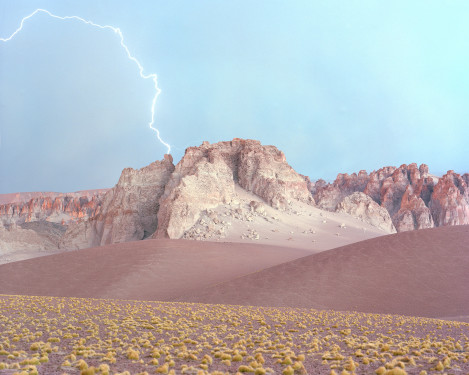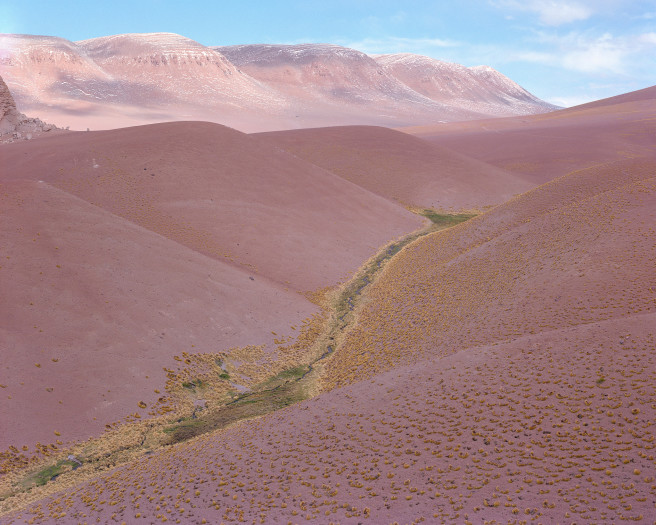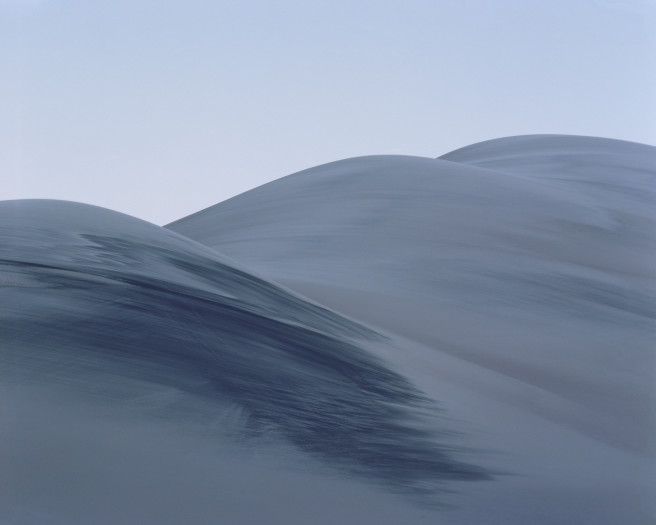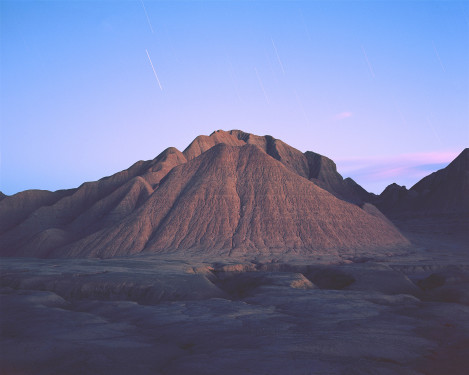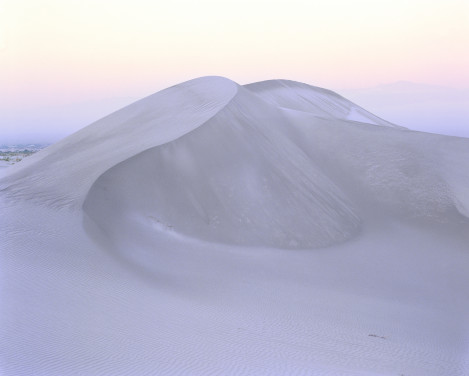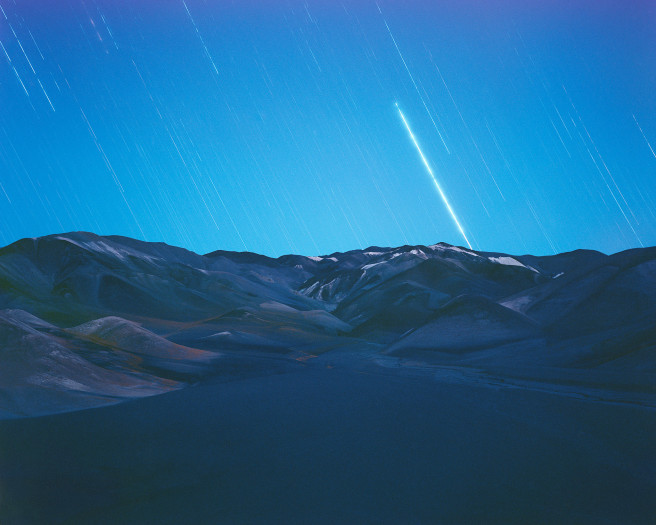The Puna plateau between Argentina and Bolivia

Luca Tombolini
Luca was born in 1979 in Milan. He completed humanistic studies and after that a degree in Sciences of Communication, with a major on rhetoric patterns in Cinema. While studying at university he met with large format photography and started experimenting. He’s self-taught about large format photography.
Luca started photographing desert landscapes during long solo adventures following an unconscious desire that he later theorised as a need for a glimpse of a transcendent absolute. Of which nowadays society is more and more becoming oblivious. He’s a reader of C.G.Jung.
The series LS XII, shot in the Puna plateau between Argentina and Bolivia, came together as many things in life: a compromise. I use a 4x4 to travel around; while on a project, I live in it to be able to stay as close as possible to what I want to explore and photograph. It’s a mandatory thing to be able to move in deserts and also have a safe place to sleep, cook and live. Originally, I wanted to follow up the series I shot in 2017 in the States, using a rented one, but to my great surprise, they didn’t let me send my 4x4 from Europe to the States. But they said, ‘You can ship it to Uruguay or Argentina, no problem’. Three days later, I came back to the broker with a yes but without a plan.
I had a few people talking to me about ‘some mountains in the north of Argentina’, but my idea of it was something like the Peruvian rainbow mountain, a limited place with tourists around. Little did I know I was going to discover an area of roughly half a million square km, the size of France for quick comparison, of an altitude desert between 3200 and 5000+ meters above sea level. But I also discovered it doesn’t have the same road network as France, I discovered how intensely hot the sun is at that altitude, how cold it could get at night, and how dry, windy, sandy, dusty, salty and exhausting conditions could be; and how remote places are.
Iceland and Morocco are the other places I shot in which I really felt cut off from the world, but there’s no comparison with the Puna. It took me a total of 6 months, divided into three trips, to be confident with the amount of material I had because, of course, given the above conditions, every advancement was very costly in terms of resources, and every error could be fatal in the sense of having to abandon the car in a very remote place. Even so, I had my moments of “Will I make it through this?” the highlight of which was being stranded overnight at 5,000m while caught in a lightning storm. Or when I pushed it to the limits of my resistance by sleeping ten days straight at an average of -15 Celsius while trying to get out of the car to photograph at sunrise and sunset, then changing to only sunset, and then changing to ‘better get out of here soon’.
As for every new environment I get to photograph, the first time is the most critical; not having first hand experience of what it means to travel in that environment brings risks, and mistakes are inevitable. No matter how prepared I try to be by reading blogs and gathering information, there’s always a discrepancy between what I imagine and what I’m actually able to do.
Adding up to all this, we also had a pandemic in the middle and all the subsequent bureaucratic struggle to justify a car with an Italian license plate left in South America. But as always in travelling, all these struggles are quickly overshadowed by how enriching the experiences are to the point I always joke that all these efforts for photo series are just an excuse to go out there and force me into self-development. I see and get to spend time in places I would have never seen otherwise, get to appreciate knowing people who live differently and practically became a solo traveller with good chances of surviving also into the most remote places of South America.
After all this struggle, I was left with a relatively huge amount of images, around 260 large format negatives, which took a while to drum scan and edit and that I’m now presenting to you and on my website as well. The element that was strikingly present while I was working on the series was the pioneeristic feeling it had, contrary to the previous series that I shot in the Canaries, of which every single angle is known, and that wanted to use the landscape to play with the perception of Time and Space, this time I really couldn’t do much more than trying to drive to a place, get out, explore and photograph.
I’ve let things arrive to me rather than going on a hunt for a particular thing that would help me illustrate what I had in mind. As a result, it came out as a conceptually speaking vintage series, and it was no more than a virgin land, a guy and a camera.
I floated into my photographic routine around a place up to the point when, after some days, I thought I had enough and then moved towards the next possibility I had in mind. Maybe 100 km away, into an offroad path, keeping an eye on how much fuel was left in the tanks, how much water I had, and sincerely giving a thank you to the engine when it was flawlessly starting every morning out of a freezing night not leaving me stranded in the middle of nowhere.

